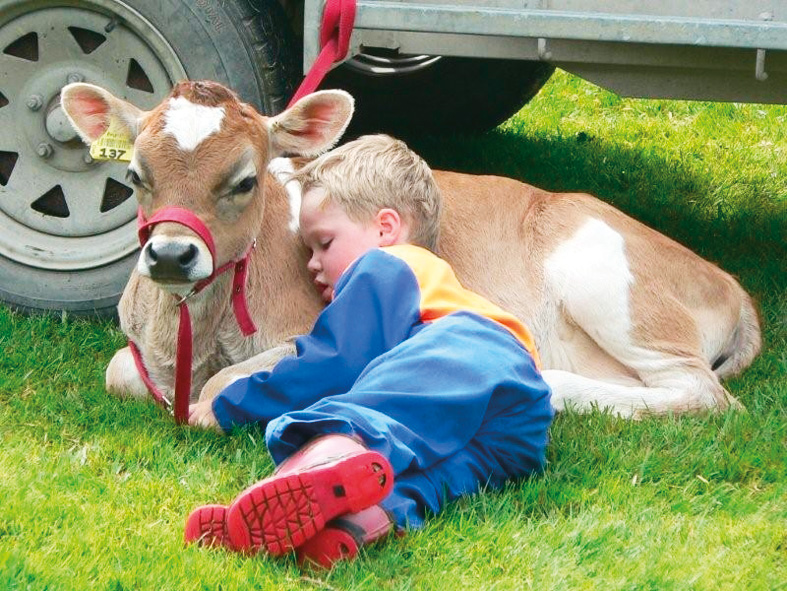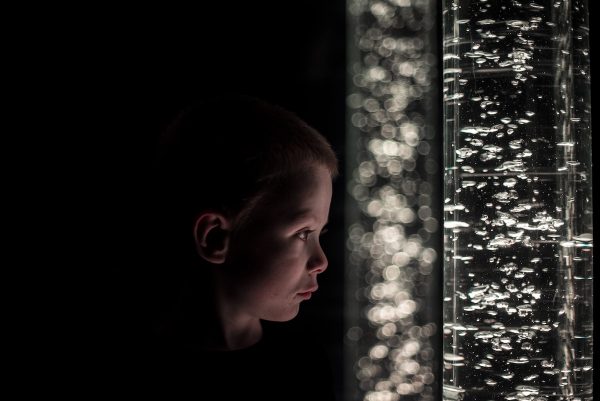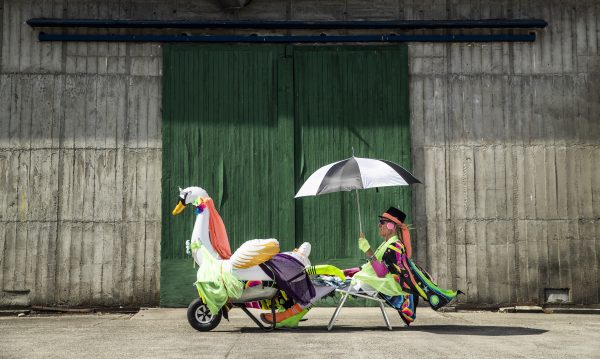
The Best of Our Youth
The Young Photographer of the Year award has celebrated Aotearoa’s freshest photographic talent since the competition began. We present some of the best images from the winning New Zealand Geographic Young Photographer of the Year portfolios.








Photographer Ricky Wilson won the 2015 New Zealand Geographic Young Photographer of the Year Award with a portfolio including his work at the Muddy Buddy adventure race. He tells Emma Smith about his story so far.
What has happened in the year since winning the award?
It’s been amazing, I’ve been getting a lot more calls for work from different businesses in Marlborough.
But the main highlight has to be working as a casual Visual Journalist at the Marlborough Express. It’s something I’ve been hoping to do ever since I became serious about photography, and I am so pleased to be able to be in that position.
How did you capture your winning image?
I went out to the Havelock Muddy Buddy fun run with my Grandmother. I shot the main part of the run and went back to see the rural fire fighters hosing down muddy competitors. I wanted to get close, but not too close that I get in the way of the rural fire guys. I used to my wide angle lens set to about 17mm (if I remember correct) and got the picture of Mikey, who turned out to be the son of my Dad’s work colleague. Then at 3am one morning I cropped it slightly and then decided to add it as one of my images in my 2015 Photographer of the Year entries.
How did you get your start in photography?
I went on a school trip to Wellington in 2005. My Dad thought it would be a great idea to buy a digital camera to take a long. I ended up using it more than him, and have loved photography ever since.
What do you think makes a great photographic image?
Lighting and composition are crucial for any photographic image.
So called “rules of composition” are made to be broken —rule of thirds isn’t compulsory for every photo you take.
Capturing emotion is important, a rugby player diving over the try line with a huge smile on his or her face looking straight at you has far more impact than a player diving over the line with limited expression or looking away from the camera.
What’s in your kit?
Camera Bodies: Nikon D3; Canon 1D Mark III; Canon 7D (Mainly used for video these days)
Lenses:Nikkor 300mm f2.8; Nikon 1.7x Teleconverter; Tamron 10-24 ( A DX lens, but works ok on the D3); Canon 17-40 F/4L; Canon 70-200 2.8 L IS; Canon 50mm 1.8 STM
Godox Flashes
Thinktank Bags
Lexar Compact Flash Cards
I process my images on a Macbook Pro, Using Photo Mechanic and Adobe Photoshop CC primarily.

What has been the most memorable moment of your career so far?
Winning New Zealand Geographic Young Photographer of the Year 2015 is something I will never forget.
Being surrounded by some of the nations top photographers was surreal, especially the ones who are passionate about the same sort of photography I am.
What advice do you wish someone had given you when you were starting out?
Shoot everything and shoot often, you’re far better off getting out and shooting rather than reading about gear online.
Get out of auto mode quick, you’ll find you have a lot more control over how the image comes out.
Who are your favourite photographers?
It’s a long list so I’ll just say my top 3: Peter Read Miller, Arthur Morris, Lawrence Smith.
Who are the up-and-coming photographers you think we should watch out for?
Bejon Haswell, Luke Foley-Martin and Clive Earle (only 5 years old!)
Who is your greatest inspiration?
My late Grandmother who sadly passed away last month. She showed me age is no barrier to getting out, taking photos, and admiring the region we live in. She was the first person I phoned after winning Young Photographer of the Year, and I will never forget her reaction.
In how to win this competition, New Zealand Geographic editor James Frankham wrote that if he saw “another photograph of a log on a beach at sunset”, he would puke. Are there any photography clichés that really rile you?
Excessive HDR.

















